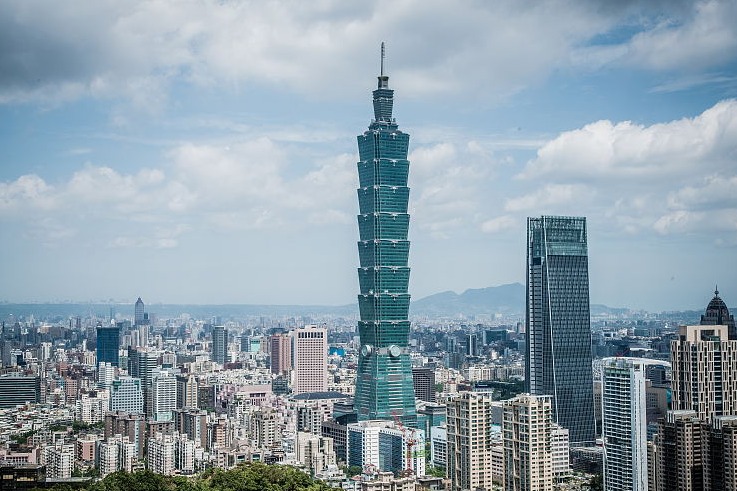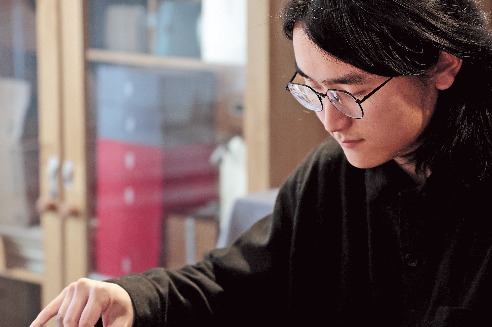Dedicated ambulance drivers race the clock

Ambulance driver Zou Jidong knows the streets of Shanghai like the back of his hand, and the 45-year-old local has had to put all of his skills to good use over the past few weeks as the city experiences its worst COVID-19 outbreak in over two years.
But Zou, a driver for the Shanghai Medical Emergency Center, isn't transporting COVID-19 patients to medical facilities. Rather, he's ferrying those with non-COVID-related emergencies.
When China Daily arrived at the center's Guangzhong Road branch in Hongkou district, where Zou works, all 18 of the station's ambulances were out on calls.
On Friday, during Zou's middle shift from afternoon to evening, he transported five patients, including one with breathing difficulty and one who'd become ill due to high blood pressure. Unlike in normal times, after each hospital trip, he has to put on a new protective suit and disinfect the ambulance to ensure there is no possible spread of the virus.
"The epidemic has made it more difficult to transport non-COVID-19 patients because it's hard to calculate how long we might need to be in their locked-down communities and how much time we will spend finding a hospital that can provide them with the treatment they need," Zou said.
"Sometimes after arriving at the emergency center, we are told not to enter because it had just received a confirmed COVID case, meaning that the emergency area needs to be disinfected to avoid cross-infection," he said. "On those occasions, we have to find alternative hospitals for patients.
"Put simply, each step of our work process has to be flexible due to the epidemic, so transporting patients to the hospital and handing them over to doctors takes us as long as two hours now, whereas before we could get it done within 30 minutes."
Despite the difficulties, he said his determination to get patients hospitalized as quickly as possible remains.
After finishing a four-hour morning shift on Saturday, the emergency driver with over a decade of experience took a nap before rising again for a 12-hour night shift from 8 pm to 8 am.
Zhao Xiaofan, head of the emergency center's Guangzhong Road branch, said all staff members are facing an intensified work pattern as the city struggles to cope with the outbreak.
"Previously, residents could drive their own cars or take a bus or the subway to the hospital for minor ailments, but after the city was placed under closed-loop management, we became the only choice, especially for those with urgent medical needs," he said. "During the epidemic, our workload has been three times heavier than usual."
Data from the emergency center shows that it received more than 290,000 calls from March 1 to March 25, with a peak of 22,901 calls on March 25. The average number of calls a day in 2021 was just 7,450, according to Wenhui Daily, a Shanghai-based newspaper.
"My mom has a chronic illness and needs regular hospital treatment, so I totally understand the anxiety of patients and their family members," Zhao said.
"I will continue to be on standby with my colleagues, rushing to patients' neighborhoods as quickly as we can and trying our best to transport them to available hospitals to get treatment."
- Xinjiang through my eyes: Musician on the grassland
- Xi to attend Global Leaders' Meeting on Women, deliver keynote speech
- Flowers of progress bloom for Chinese women
- Going the extra mile
- Striding together for 30 years of pioneering progress
- China pilots sustainable fuel certification system for green transport





































